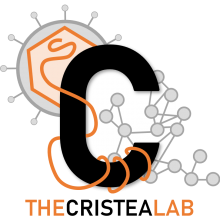Methods for characterizing protein acetylation during viral infection
Publication Year
2019
Type
Journal Article
Abstract
Lysine acetylation is a prevalent posttranslational modification that acts as a regulator of protein function, subcellular localization, and interactions. A growing body of work has highlighted the importance of temporal alterations in protein acetylation during infection with a range of human viruses. It has become clear that both cellular and viral proteins are decorated by lysine acetylations, and that these modifications contribute to core host defense and virus replication processes. Further defining the extent and dynamics of protein acetylation events during the progression of an infection can provide an important new perspective on the intricate mechanisms underlying the biology and pathogenesis of virus infections. Here, we provide protocols for identifying, quantifying, and probing the regulation of lysine acetylations during viral infection. We describe the use of acetyl-lysine immunoaffinity purification and quantitative mass spectrometry for assessing the cellular acetylome at different stages of an infection. As an alternative to traditional antibody-mediated western blotting, we discuss the benefits of targeted mass spectrometry approaches for detecting and quantifying site-specific acetylations on proteins of interest. Specifically, we provide a protocol using parallel reaction monitoring (PRM). We further discuss experimental considerations that are specific to studying viral infections. Finally, we provide a brief overview of the types of assays that can be employed to characterize the function of an acetylation event in the context of infection. As a method to interrogate the regulation of acetylation, we describe the Fluor de Lys assay for monitoring the enzymatic activities of deacetylases.
Keywords
Journal
Methods Enzymol
Volume
626
Pages
587-620
ISSN Number
1557-7988
Alternate Journal
Methods Enzymol
PMID
31606092

